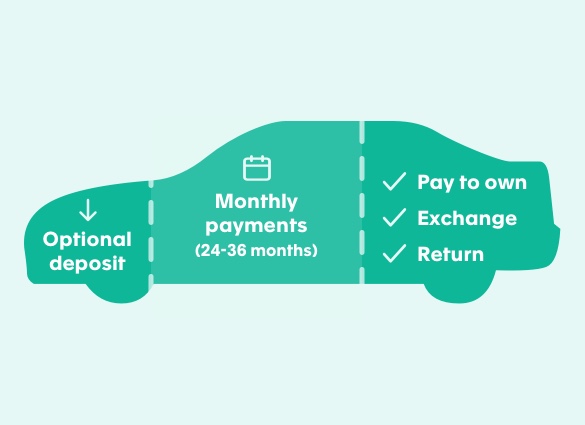5 Key Endings of PCP Finance Explained

In today's fast-paced world, finance options are becoming increasingly popular for those looking to purchase vehicles without the immediate burden of outright payment. One of the favored methods among these options is PCP (Personal Contract Purchase) finance, particularly due to its flexibility. However, understanding the endings or the exit strategies of a PCP agreement can be somewhat daunting for first-time buyers or even for those well-versed in vehicle finance. This post will guide you through five key endings of PCP finance, explaining each in detail.
What is PCP Finance?

Before we delve into the endings, let's briefly revisit what PCP finance entails. Personal Contract Purchase (PCP) is a car financing option where you pay for the depreciation of a vehicle over the term of the agreement rather than its total value. Monthly payments are typically lower compared to other finance options because you're paying for the difference between the vehicle's price and its predicted value at the end of the term.
1. Returning the Vehicle

- Process: At the end of the PCP term, you can simply return the vehicle without making any further payment.
- Conditions: The vehicle must be in a condition reflecting fair wear and tear, with any excess mileage charged as per the agreement.
- Advantages: No further obligations if you do not wish to keep the car, allowing for easy upgrades or changes in vehicle type.
💡 Note: Make sure to check the fair wear and tear guidelines provided by your finance provider to avoid potential charges.
2. Making the Final Balloon Payment

- Process: You can choose to own the car by making the final 'balloon payment', also known as the 'Guaranteed Minimum Future Value (GMFV)'.
- Considerations: This payment can be substantial, so plan for it in your budget.
- Benefits: Full ownership of the vehicle and the option to continue using it or sell it independently.
🔍 Note: The balloon payment is often negotiable, so consider your options or discuss with the dealership.
3. Part-Exchange the Vehicle

- Process: Trade in your car for another through a part-exchange deal.
- How it Works: The value of your current PCP car will be used as part of the downpayment for your next vehicle.
- Advantages: Seamless transition to a new car without an immediate large outlay.
4. Re-Finance the Car

- Process: You can refinance the remaining value or the balloon payment to continue with a new or similar finance agreement.
- Considerations: You will likely need to meet certain credit criteria or make a downpayment to start a new finance term.
- Benefits: Keeps your monthly payments lower and allows you to keep driving the same car.
5. Voluntary Termination

- Process: Under the Consumer Credit Act 1974, you can voluntarily terminate a PCP finance agreement if you've paid half of the total due (minus any rebate on interest).
- Requirements: The vehicle must be in good condition and not past the agreement term by more than half.
- Caveats: If you terminate the agreement, you must still return the car, and any outstanding negative equity could still be owed.
⚠️ Note: Voluntary termination must be approached with caution, as it can impact your credit score if not handled correctly.
In summary, PCP finance offers multiple ways to exit an agreement, each with its own set of conditions and benefits. By understanding these key endings, you can make an informed decision that aligns with your financial strategy and vehicle ownership goals. Whether you aim to keep your car, trade it in, or simply return it, being aware of the possibilities ensures you’re in control of your financial commitments and future vehicle acquisitions.
Can I end my PCP agreement early?

+
Yes, you can end your PCP agreement early through voluntary termination, provided you’ve paid at least half of the total amount payable. However, there are conditions and potential charges to consider.
What happens if I exceed the mileage on a PCP contract?

+
If you exceed the agreed mileage, you’ll typically be charged for each extra mile driven. This can significantly increase the cost if you drive much more than planned.
How does part-exchanging work with PCP?

+
When part-exchanging, the value of your current PCP vehicle is assessed, and that value is applied towards your next vehicle’s downpayment. This often helps reduce the amount you need to finance for the new car.